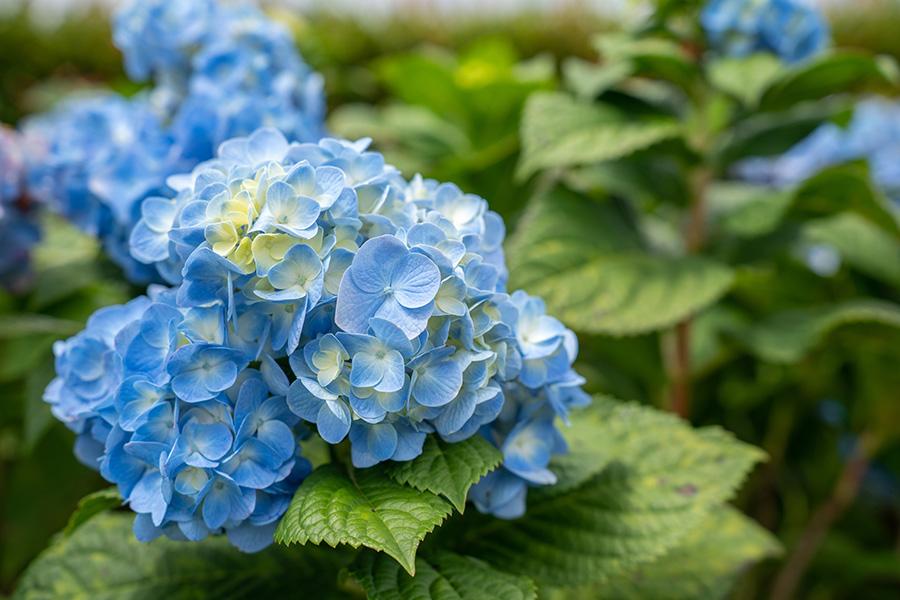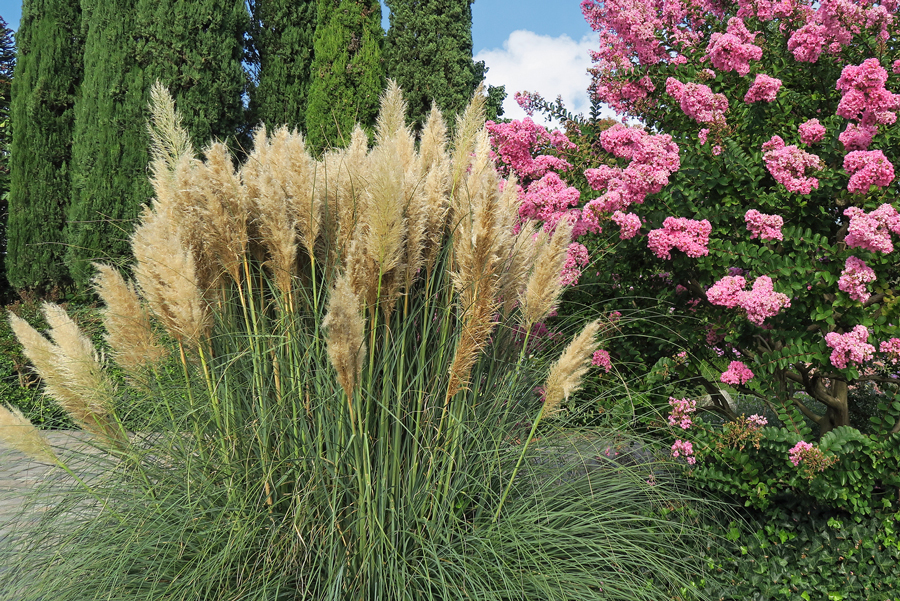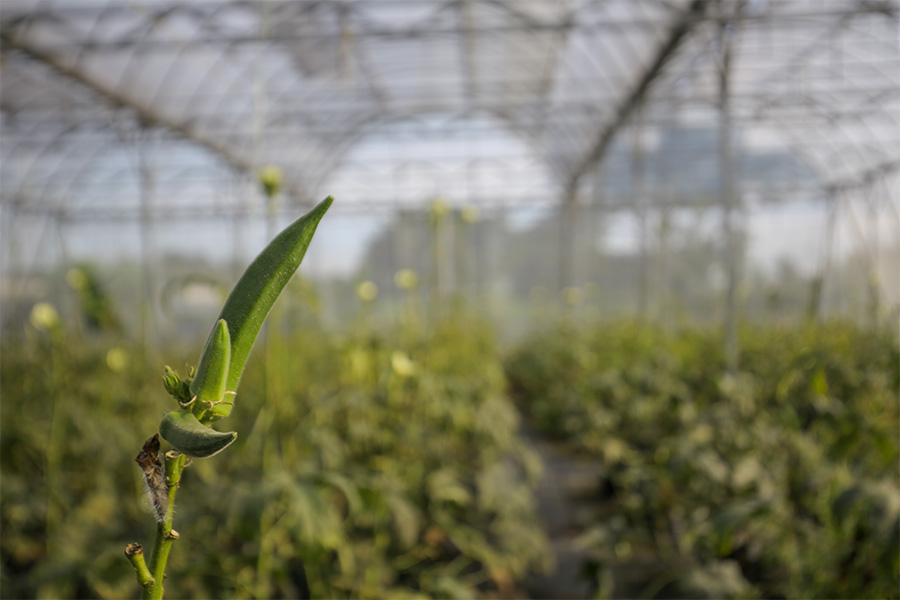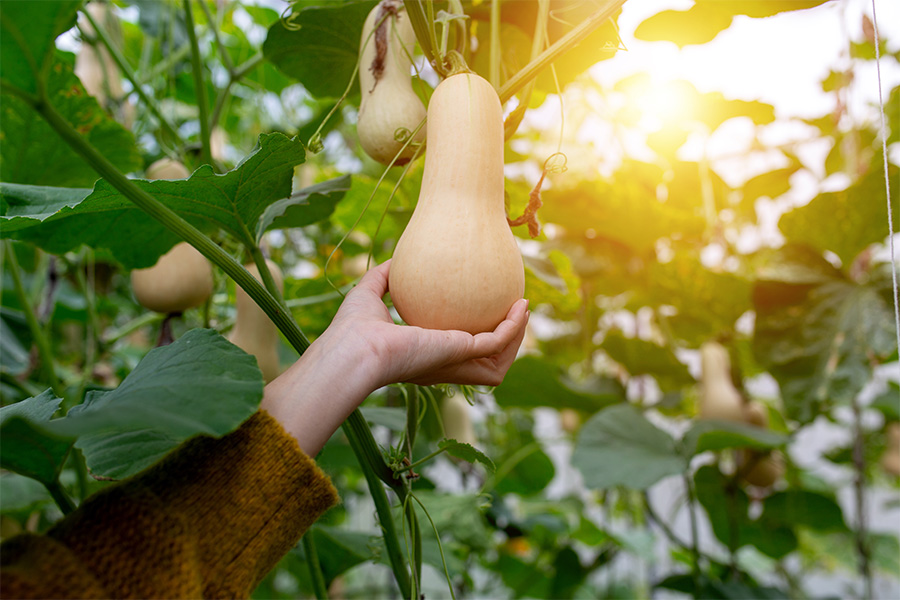Horticulture
-

Water-wise landscapes not only save water, they save time by requiring less routine care than most traditional landscapes. This publication offers guidelines to help you achieve these goals and conserve water when managing your landscape.
Sheri Dorn
|
-

Bigleaf hydrangea, also called French, Japanese, or snowball hydrangea, is a landscape plant. Bigleaf hydrangea can be transplanted to the landscape for repeat blooms each year.
Sheri Dorn
|
-

Southern magnolia is an aristocratic tree. It grows well throughout Georgia, is widely adaptable to a variety of soils and has few pest problems. With glossy evergreen foliage and large white fragrant blossoms, it truly is one of the most handsome and durable native trees for our Southern landscapes.
Sheri Dorn
|
-

C 983
Pampas Grass
Pampas grass is a large perennial grass native to Brazil, Argentina, and Chile. Mature plants can reach 10 feet tall and 6 feet wide. In late summer, silvery-white plumes rise several feet above the foliage and make a bold, dramatic statement in the landscape.
Bodie V. Pennisi and Sheri Dorn
|
-

This publication discusses the use of scrap wallboard at residential construction sites.
Julia W. Gaskin and Clint Waltz
|
-

This horticulture publication is about the commercial production of southern peas.
Darbie M. Granberry and Timothy Coolong
|
-

Okra is grown in every county in Georgia. Okra can be a profitable crop when recommended production practices are followed.
Timothy Coolong and W. Terry Kelley
|
-

Watermelon is a warm-season crop related to cantaloupe, squash, cucumber and pumpkin. Watermelons can be grown on any well-drained soil throughout Georgia but are particularly well adapted to the Coastal Plain soils of South Georgia. Watermelons will continue to be an important part of vegetable production in the state. Increases in average yield per acre will continue as more growers adopt plastic mulch, intensive management and new hybrid varieties.
Timothy Coolong and Ted McAvoy
|
-

Squash (Cucurbita spp.) is a member of the cucurbit family, which consists of a number of warm-season vegetables. Another broad group of squash called winter squash. Each group is classified into several types based on fruit shape and color. Warm-season squash are harvested while immature while winter squash are harvested at maturity.
Timothy Coolong and W. Terry Kelley
|